What to do in Tenerife
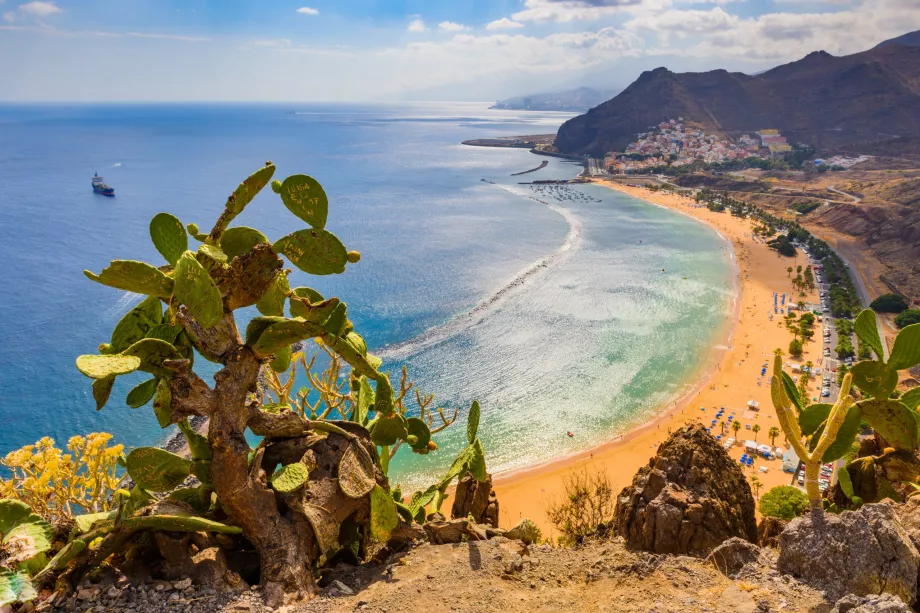
What to do in Tenerife? What activities are worth travelling to this Canary Island for? Read in this chapter.
Beaches and swimming
The charming island of Tenerife is famous for its beautiful beaches, which line almost the entire coastline. Due to their volcanic nature, most of them are covered in dark to black sand, with the exception of the man-made Playa de Las Teresitas, just 7km from the capital, Santa Cruz de Tenerife, and the beaches in the tourist zone in the south of the island.
The most beautiful beaches in Tenerife
Let's take a look together at the most beautiful beaches on Tenerife, which we have selected for you:
- Playa de las Teresitas - a beautiful long and wide beach with beautiful hilly surroundings outside the city, covered with fine golden sand artificially imported from the Sahara. Read more.
- Playa de las Vistas and Playa de los Cristianos - the two town beaches in the resort of Los Cristianos are the biggest competitors to Teresitas beach. Both are covered with fine white sand also artificially imported from Africa. For more information, see the mini-guide to Los Cristianos.
- Playa de las Américas - one of the most visited beaches in the resort of the same name, covered with fine yellow-grey sand from Africa, is teeming with life day and night. Read more.
- Playa Jardín - the most popular town beach in Puerto de la Cruz, with fine black sand and a pretty little park with a promenade.
- Playa de Fañabé - the lively and always throbbing main beach of Costa Adeje with fine grey sand.
Prices of sunbeds and parasols
You can hire a sun lounger and umbrella on all public beaches in Tenerife. Prices vary from beach to beach, but generally range between 15 eur and 20 eur for a set of 2 sunbeds and one umbrella. Other public services such as toilets or showers are usually free.
Tenerife - the best beachfront hotels
Hiking
Tenerife is not only an island of beaches, but especially an island ideal for hiking. You can go on challenging alpine treks that take you up to altitudes of over 3,000 metres above sea level, as well as short relaxing walks through the fragrant coniferous forests or the lush vegetation of the north-east.
Tenerife's hiking trails are well signposted and maintained, so hiking here is not a difficult orienteering problem.
Where are the best hiking trails?
Most hikers head to the Teide National Park area, which is dominated by Spain's highest mountain , Pico del Teide. The entire high mountain area is criss-crossed by a network of many kilometres of challenging and easy trails through a variety of terrain, from high alpine rocky plains to sparsely wooded valleys with spectacular views.
The second most popular area is the Orotava Valley near the town of La Orotava. Dozens of kilometres of marked trails wind through the densely forested area on the mountainside, through beautiful and comfortable terrain full of shade and views of the mountains or the ocean.
Another mountainous area with many trails is a place called Montañas Negras with the main attraction of the Chinyero volcano. From the town of Santiago del Teide or from the TF-38 road, several marked trails lead through the lunar volcanic landscape with occasional pine groves.
There are also well-known, albeit more challenging, trails through rocky terrain with great elevation changes in the west of the island between the village of Masca and the town of Buenavista del Norte.
Maps of the different routes
There are no clear official hiking maps of the whole island, but you can find detailed descriptions, including distances, elevations and maps, of the major routes on the tenerife.es website, but unfortunately only in Spanish.
Surfing and kitesurfing
The Atlantic Ocean, combined with favourable wind conditions, offers ideal conditions for water sports enthusiasts. It is no wonder that the number one sport of the Canary Islands, Tenerife not excluded, is the popular wave surfing. The best waves on Tenerife are between October and February.
The most popular surfing spots suitable for experienced and beginners alike are on the south-west coast, especially in the resorts of Los Cristianos and Playa de las Américas, which are also by far the most touristy.
On the other hand, the less frequented spots for more experienced surfers can be found on the north coast around Puerto de la Cruz.
The most popular and most used beaches for kitesurfing and windsurfing are El Médano and La Tejita near Tenerife Sur airport.
There are several surf schools in Tenerife for beginners and more advanced surfers. The shortest beginner courses are 2 hours and cost around 35 eur. A full surfing course is around 15 hours and costs between 150 eur and 170 eur.
Examples of surf schools
- La Marea Surf School (Puerto de la Cruz)
- Atlantik Surf (Puerto de la Cruz)
- Surf Life (Playa de las Américas)
- Franz Surf School (Playa de las Américas)
- Mahalo Surf School (Bajamar)
Roadtrips around the island
Tenerife is an island full of contrasts and there are countless places of interest. Most of them can be discovered by renting a car and going on a roadtrip around the island. The roads here are good, the traffic is relatively sparse (except on the populated northern coast) and the drivers are considerate.
On the way by car, you can stop at all the hidden beaches, mountain viewpoints and hiking trails. See the Transportation chapter for detailed information on car rental and traffic in general.
Visit one of the most beautiful zoos in the world
If you are an animal lover, then you must not miss the sovereignly most popular, most impressive and most visited Loro Parque Zoo, which boasts the largest collection of parrots in the world. You'll also see tigers, jaguars, giant tortoises, gorillas, chimpanzees and other exotic animals. The most popular attractions, however, are the unique shows with killer whales, sea lions and dolphins.
Any questions left?
If you have any questions or comments about the article...
2 comments
New info on hiking. In the style of Madeira, Tenerife also has a website with routes in several languages. Difficulty, traffic, length, current situation...

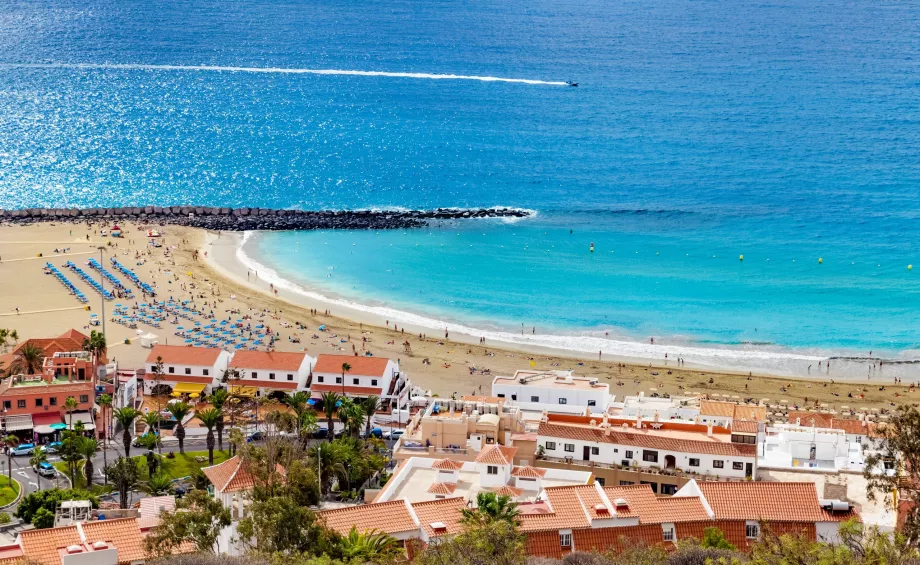
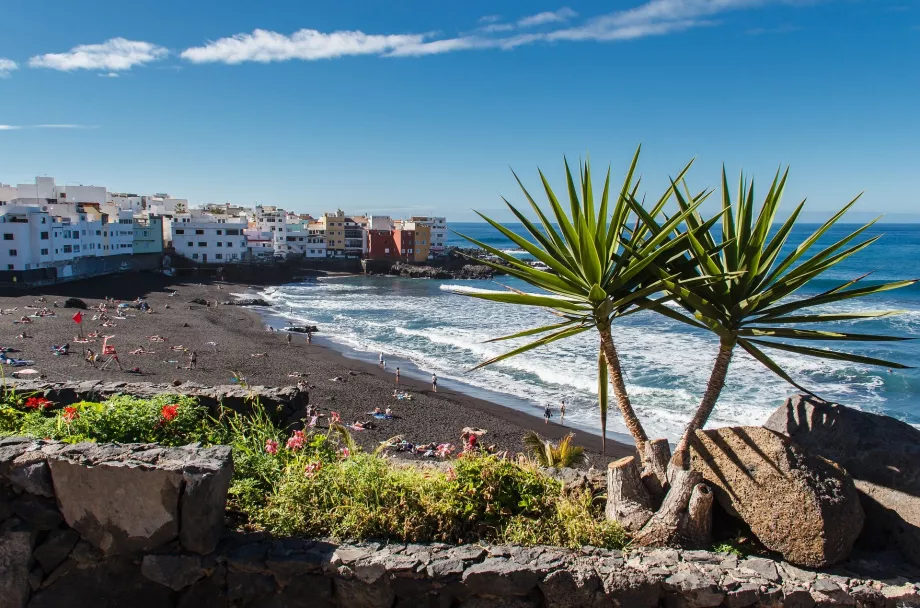
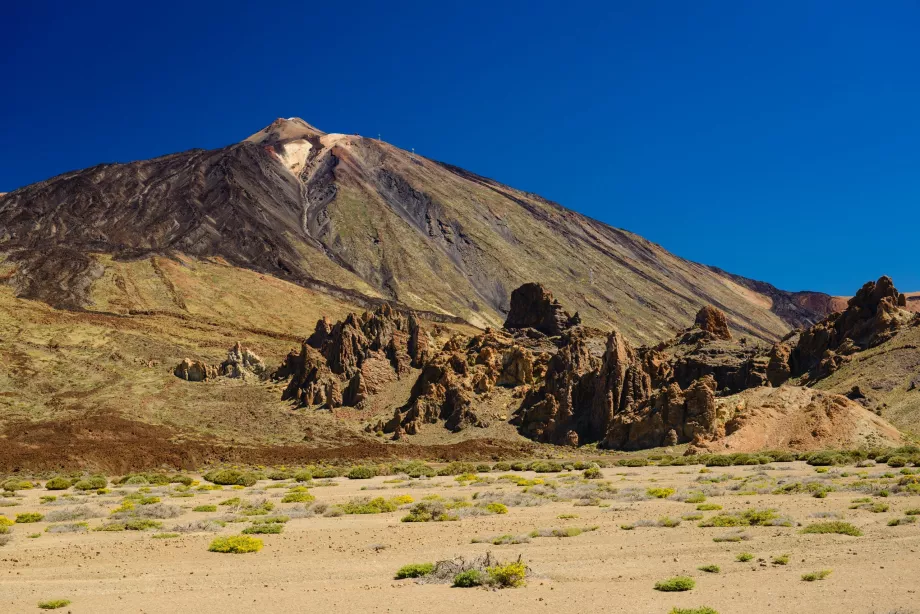
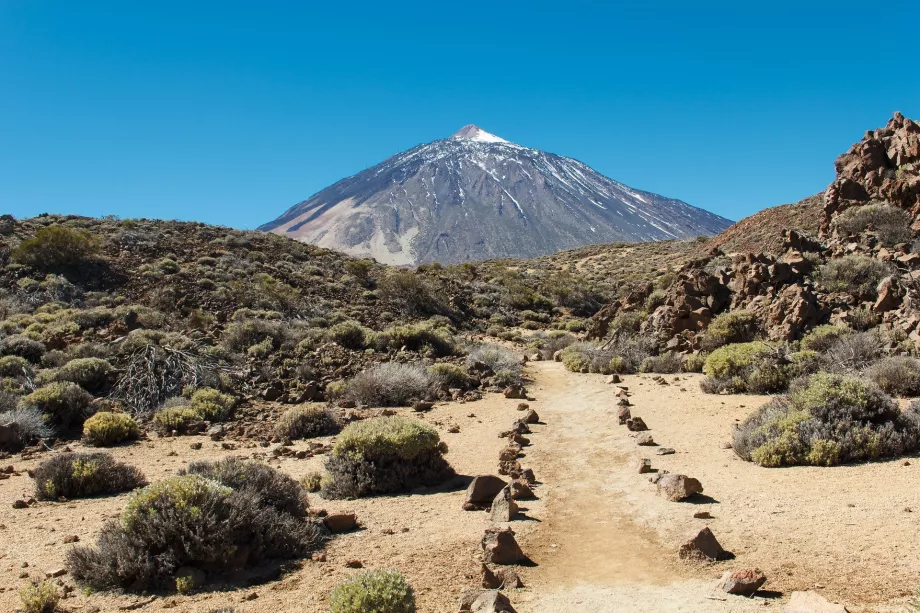

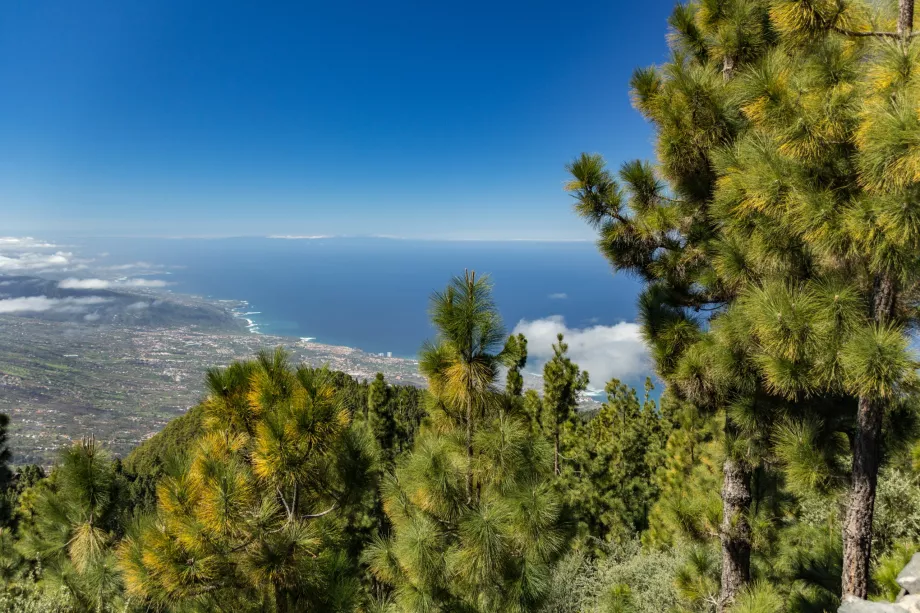
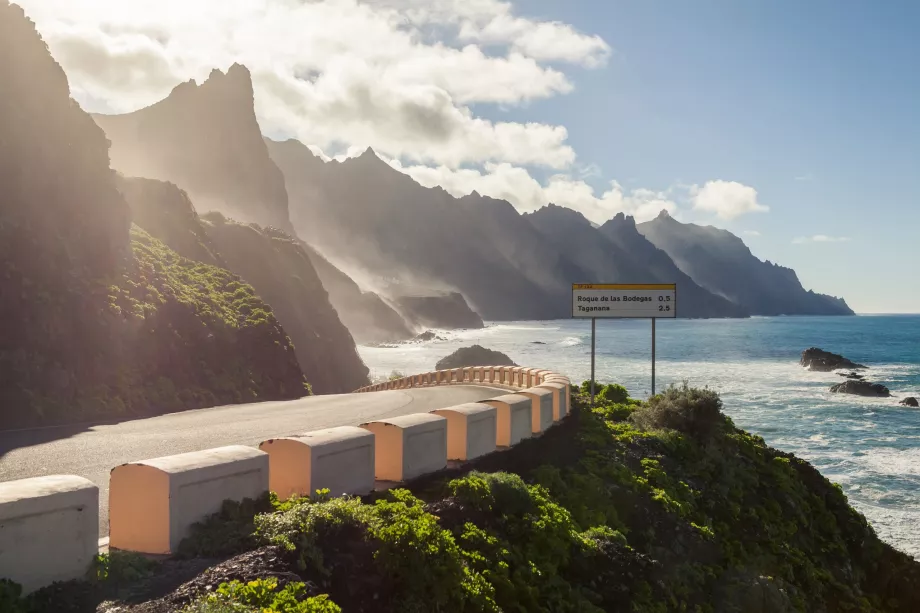

https://www.tenerifeon.es/en/